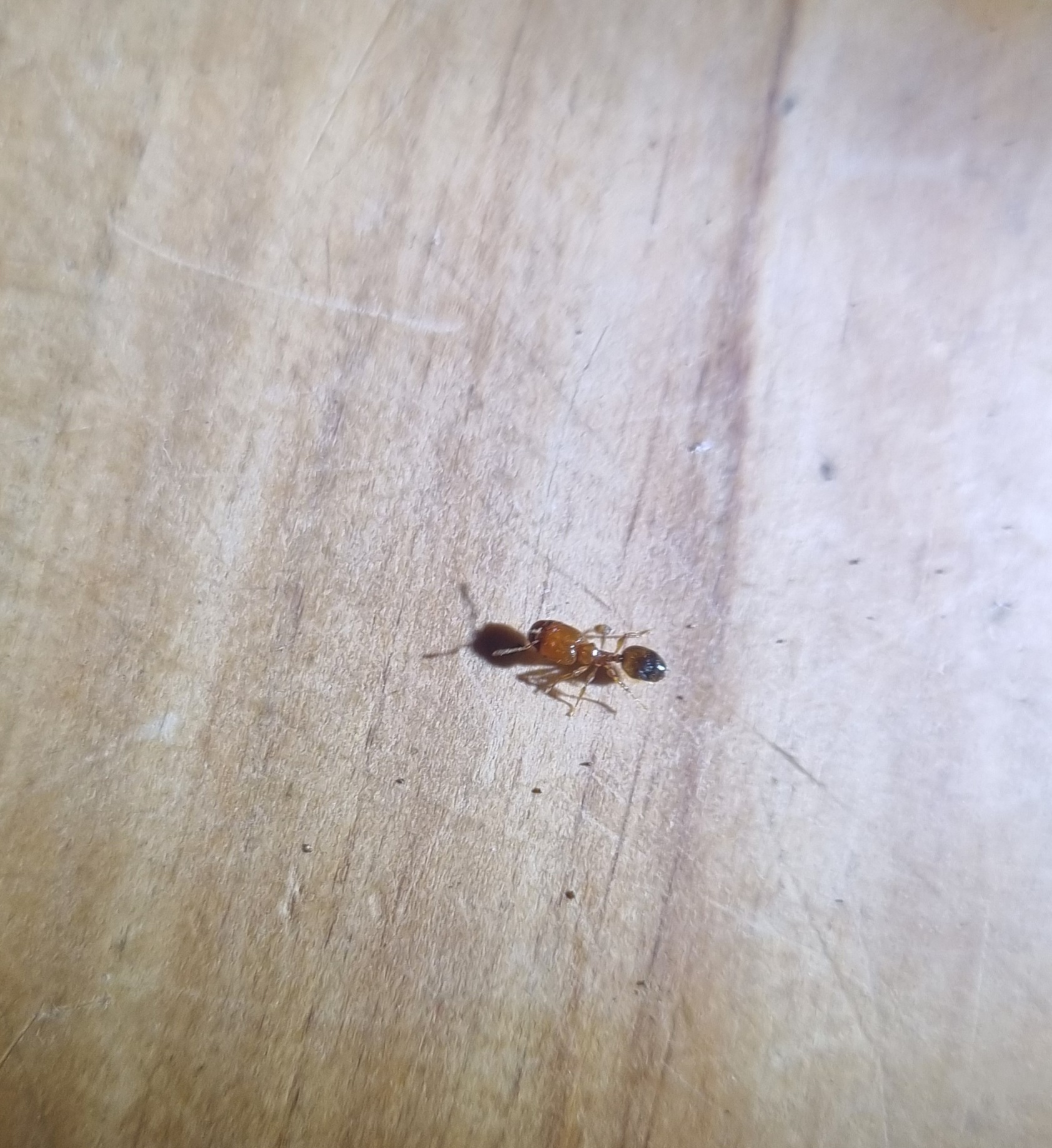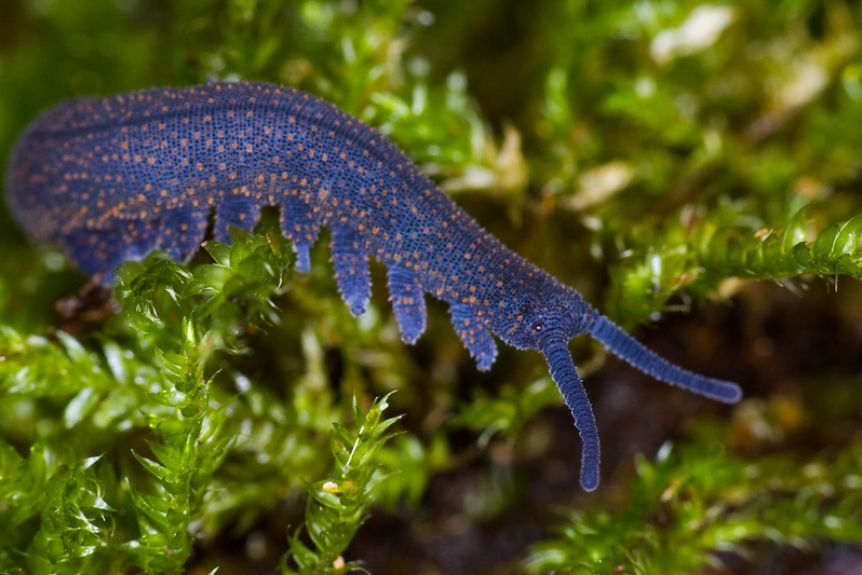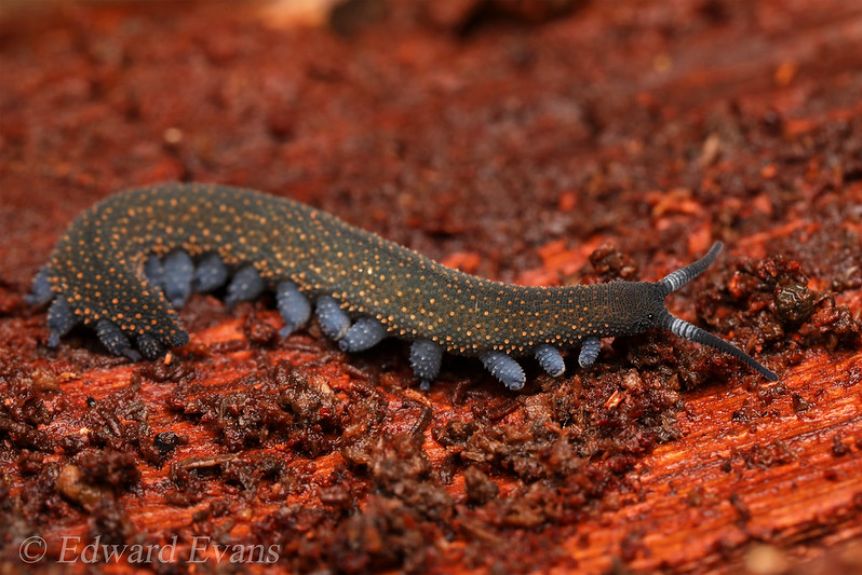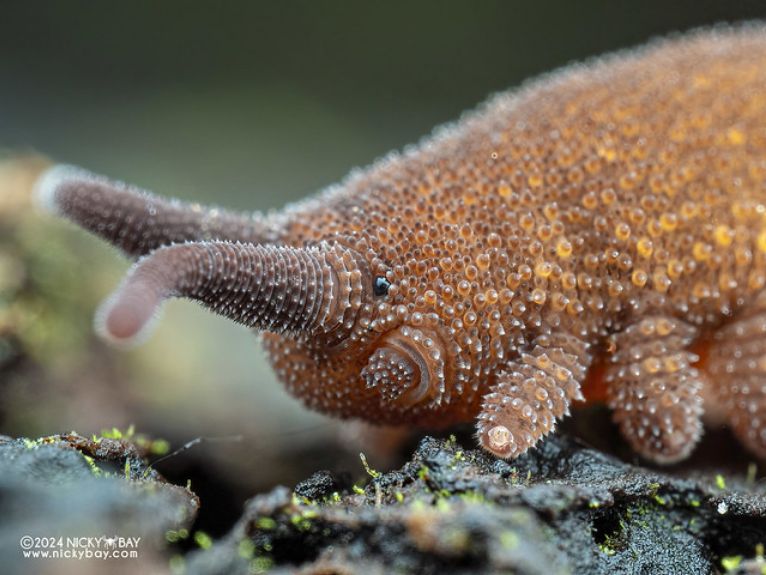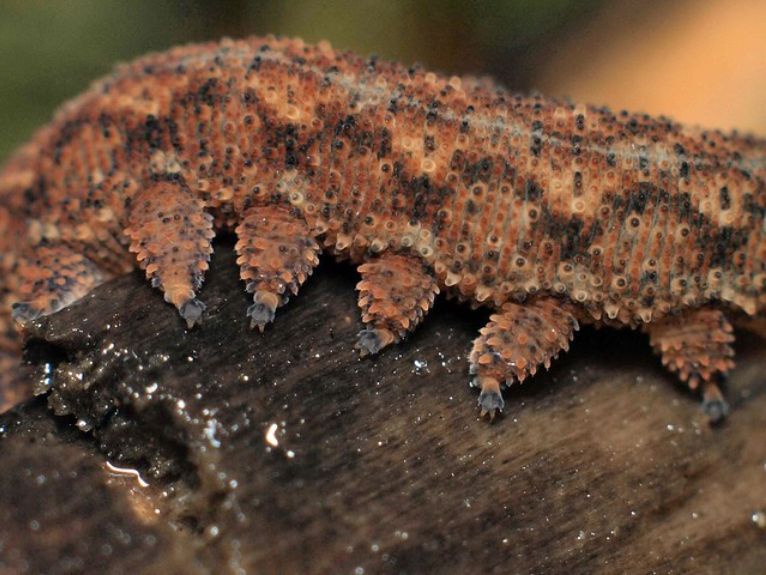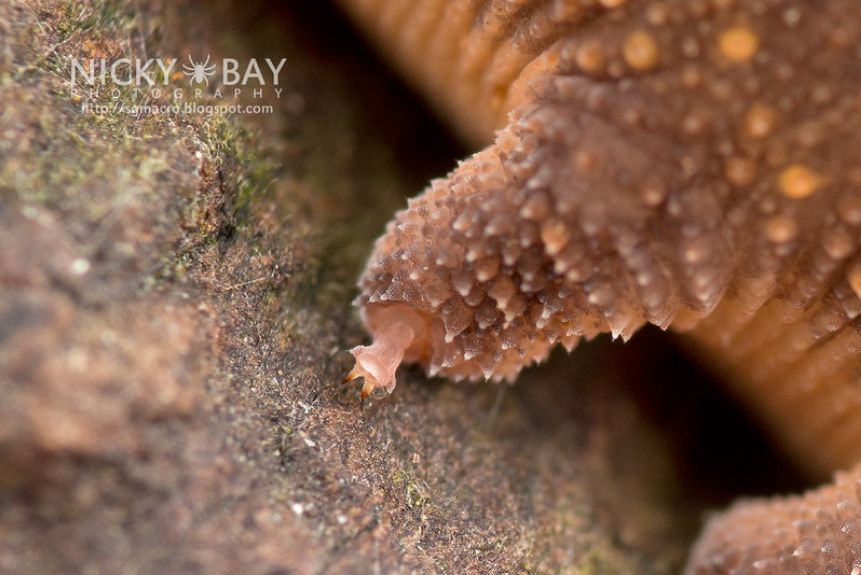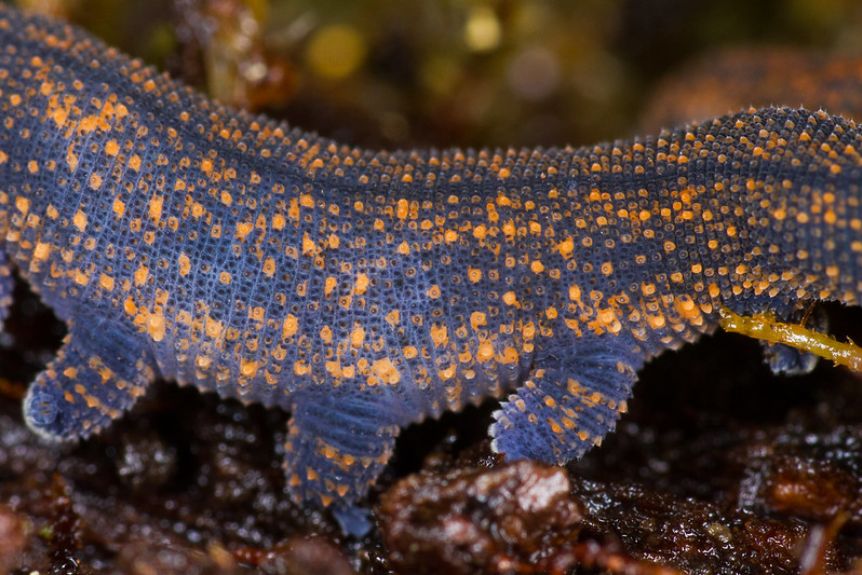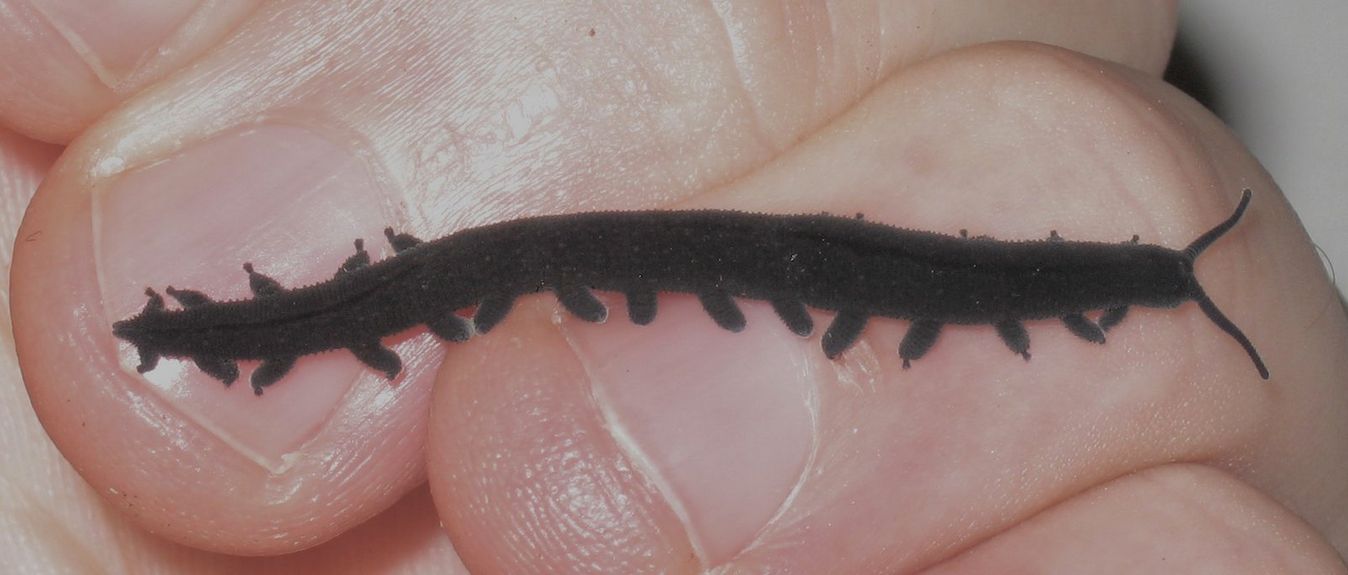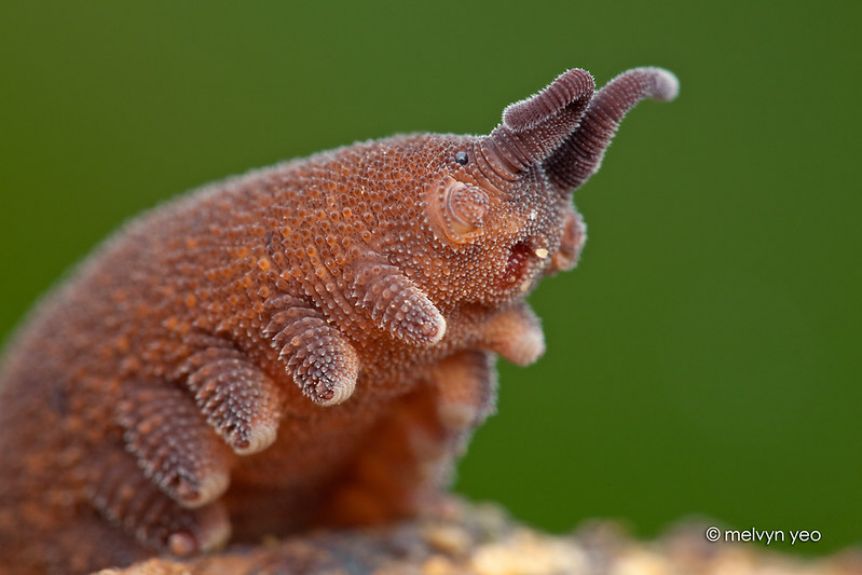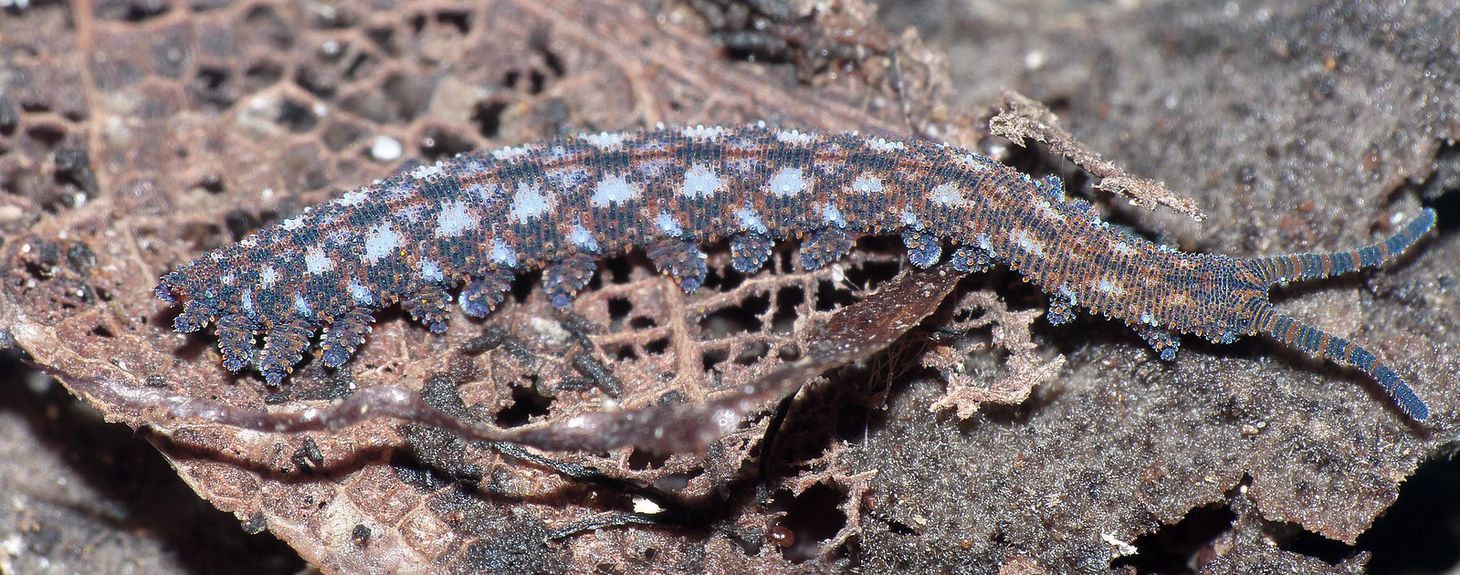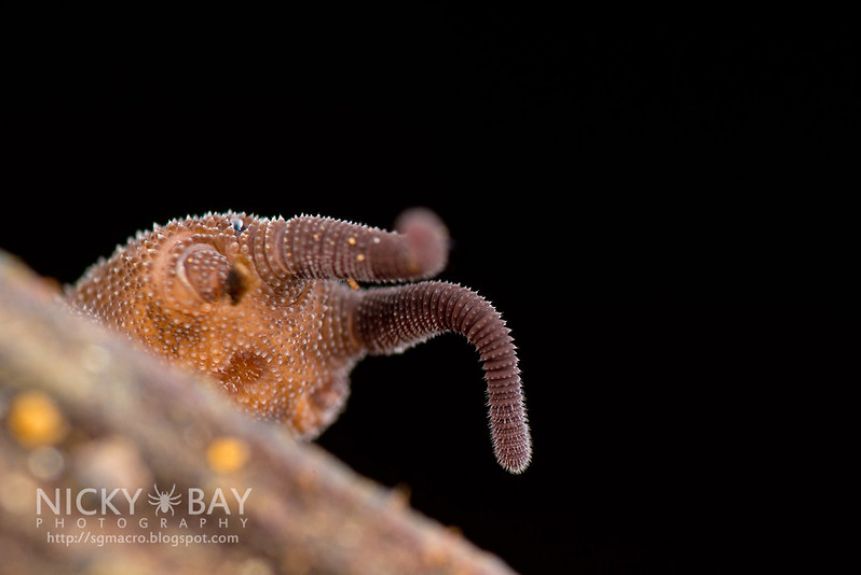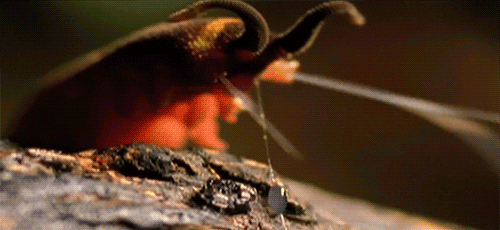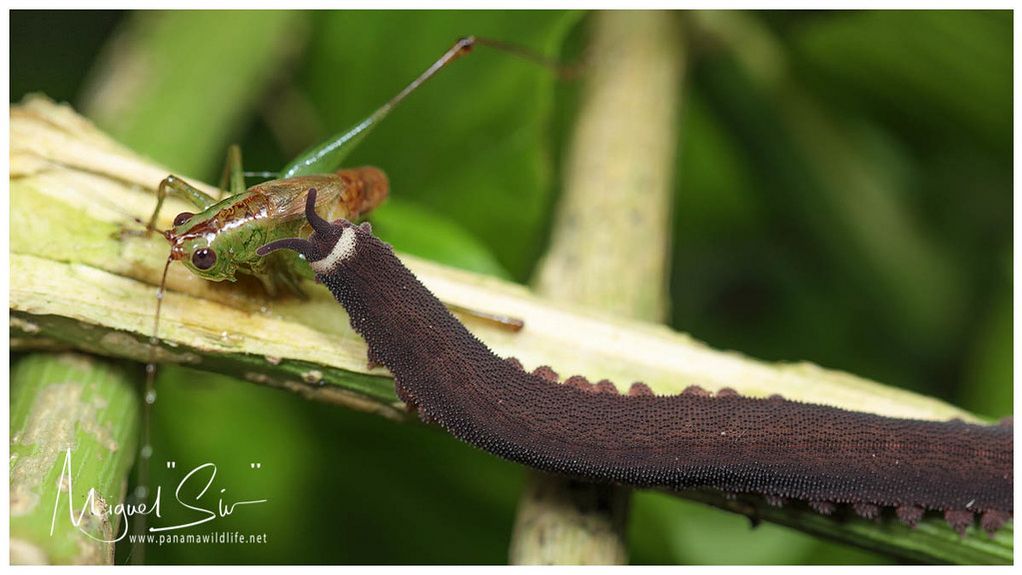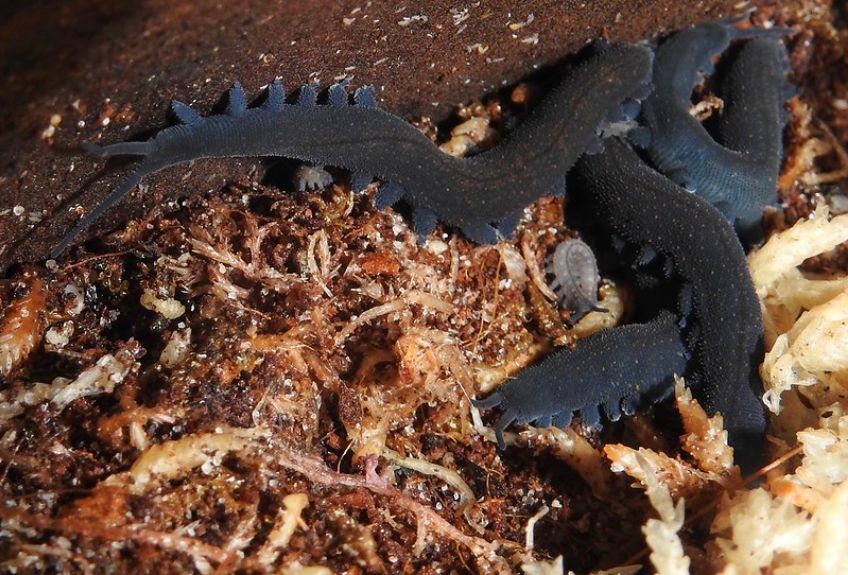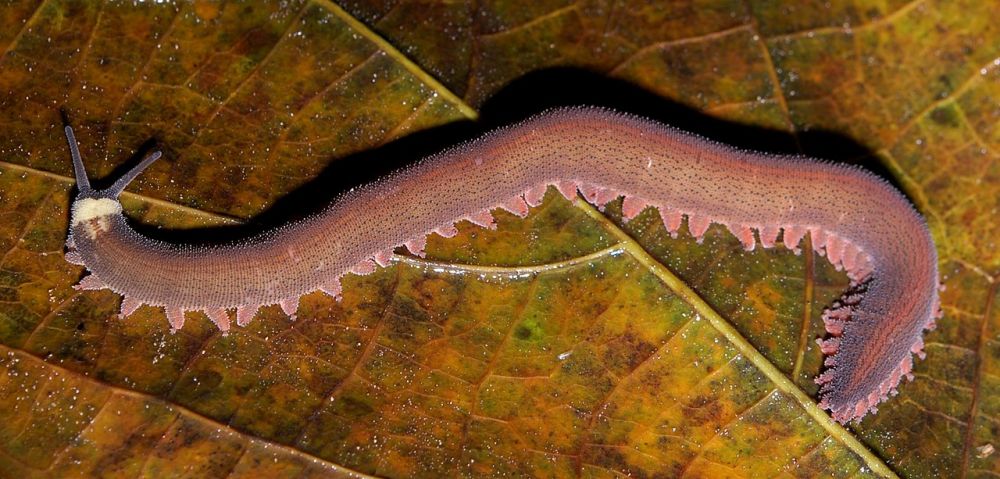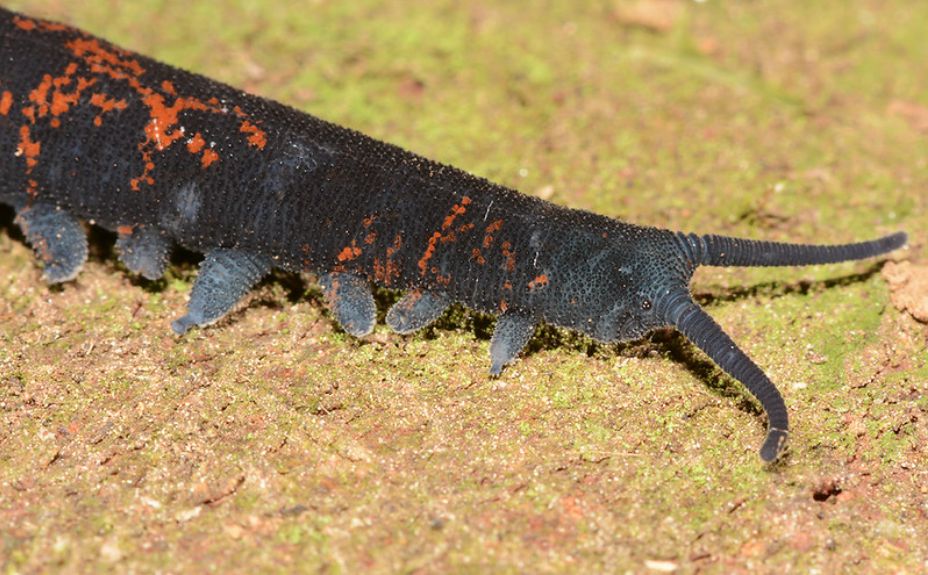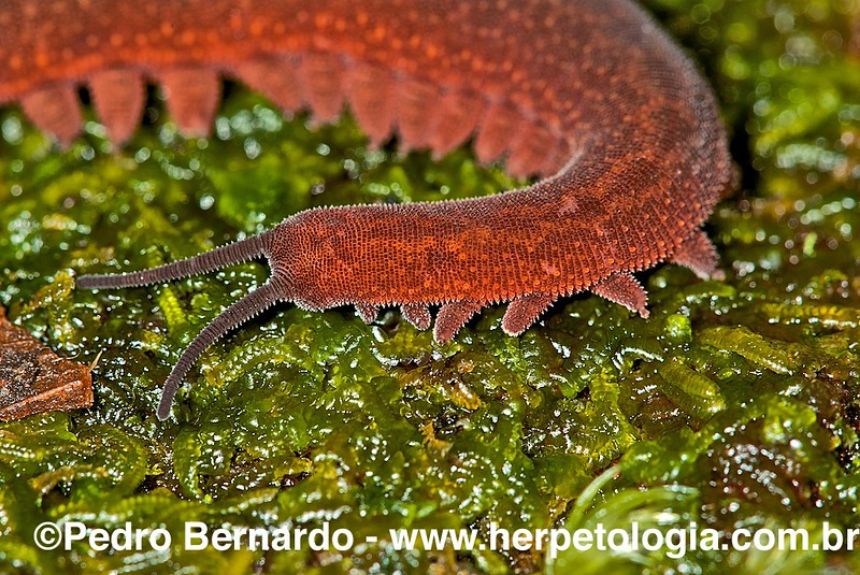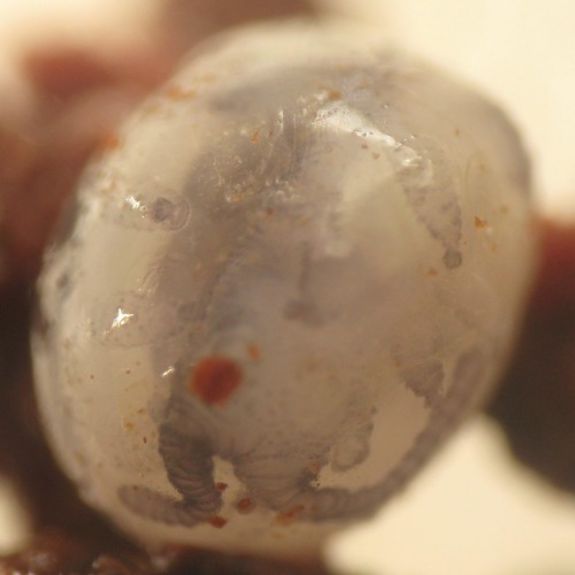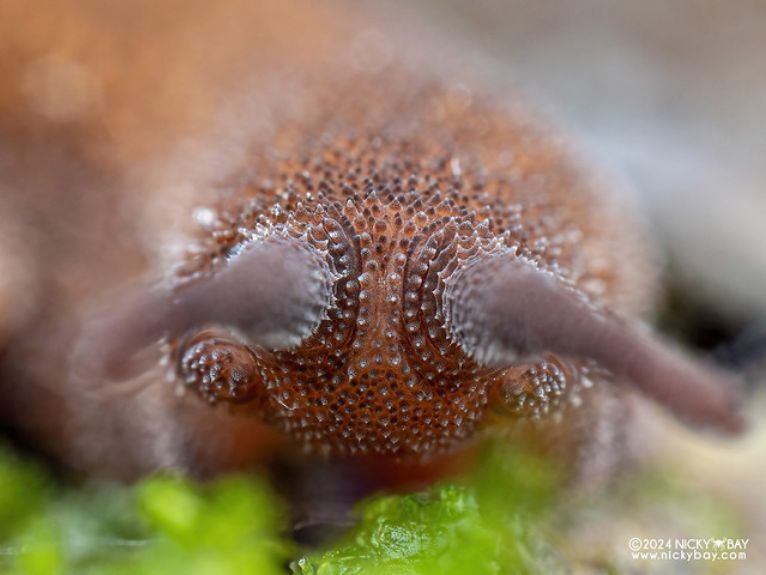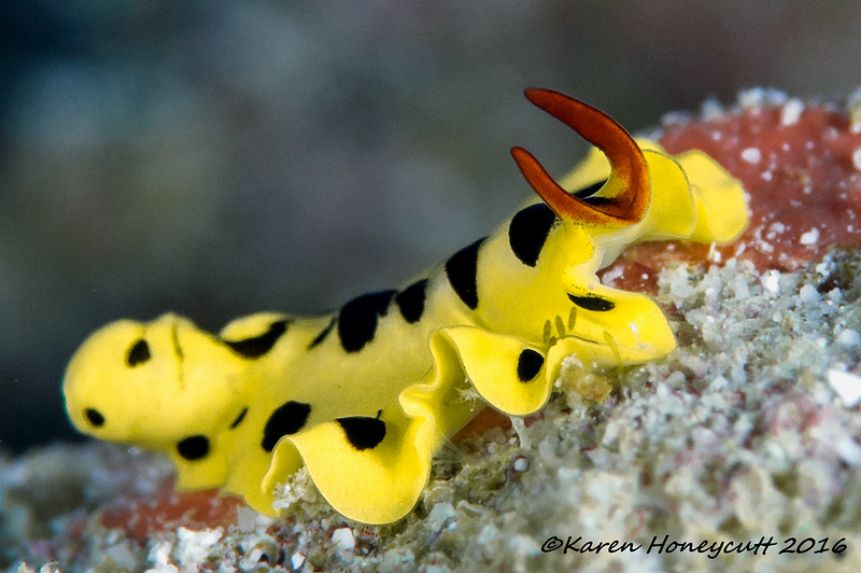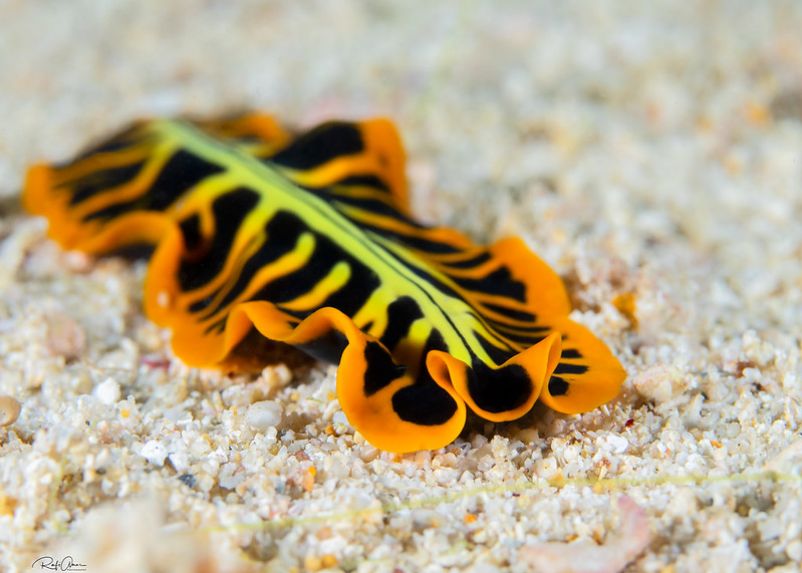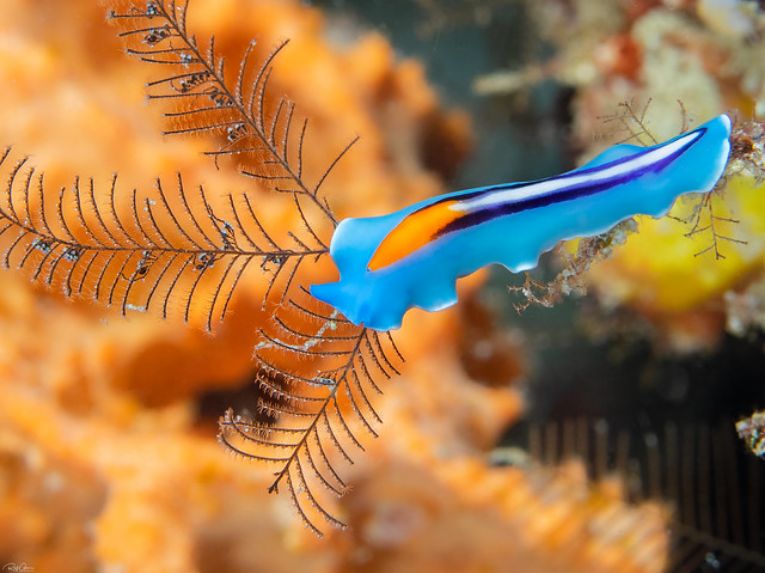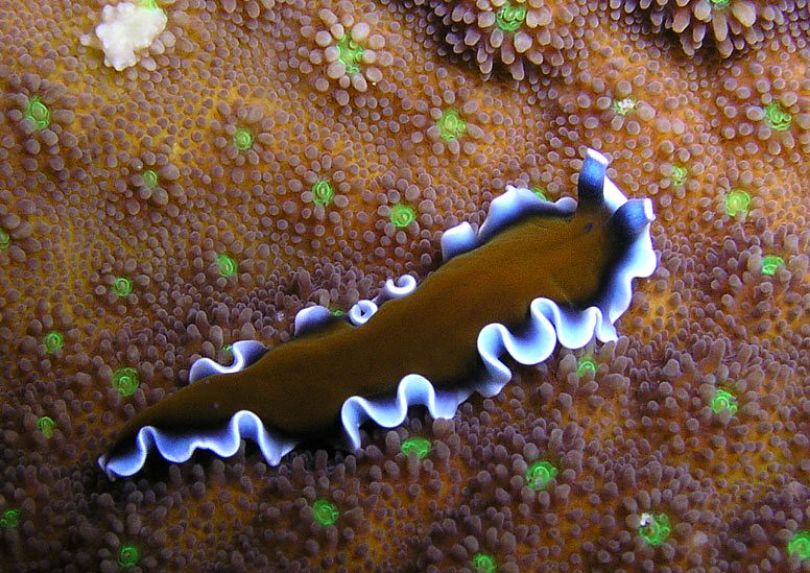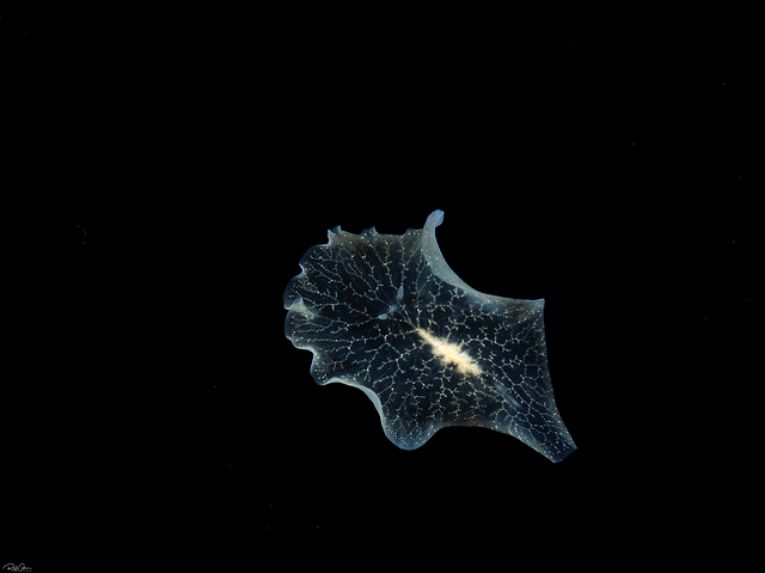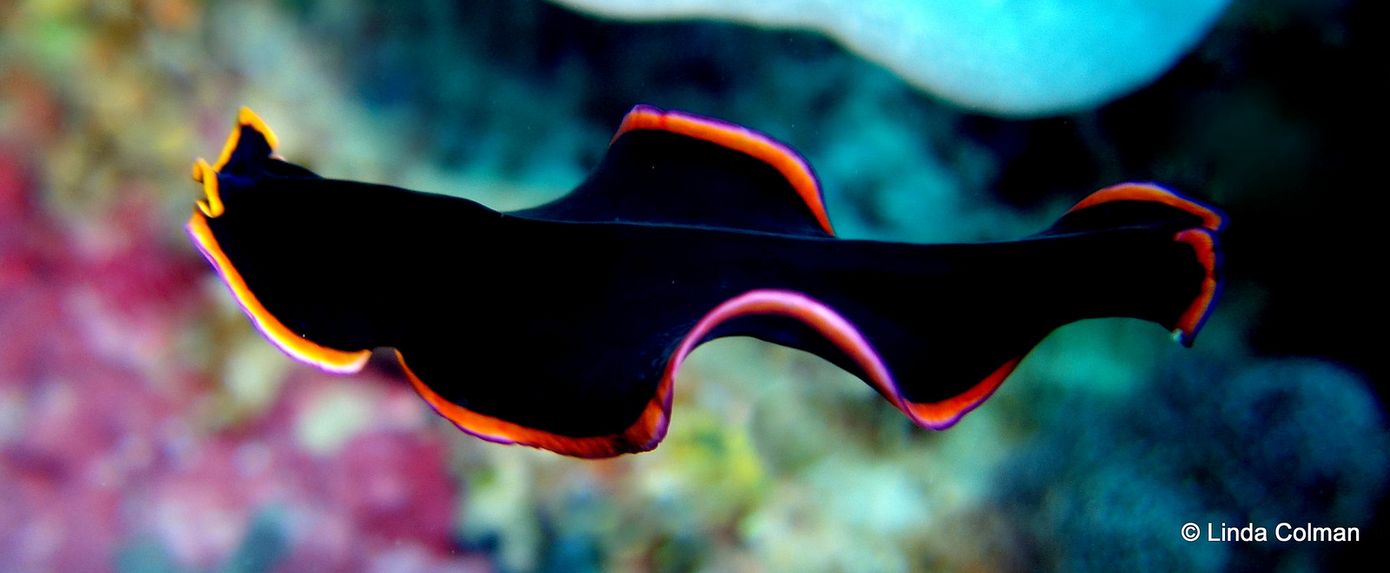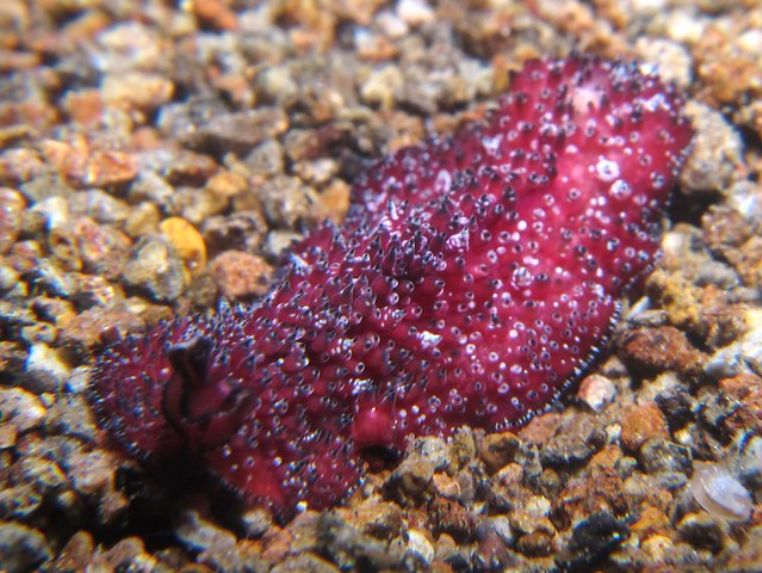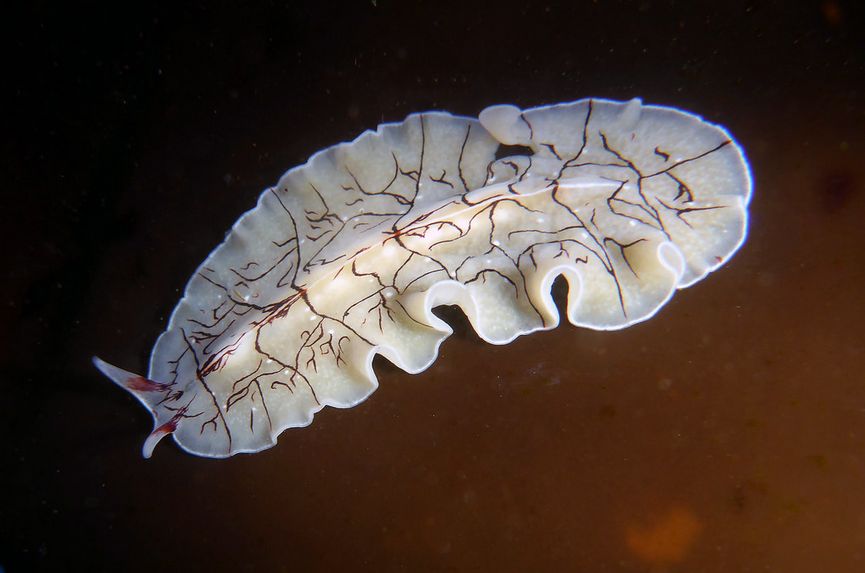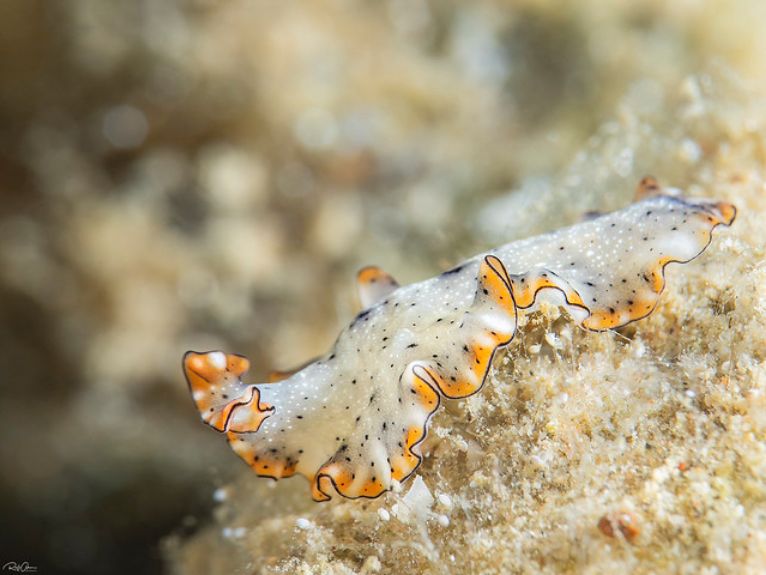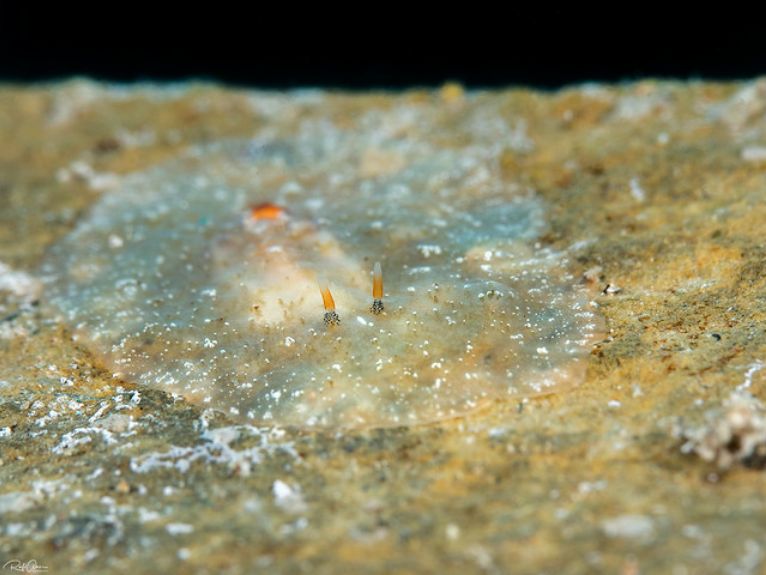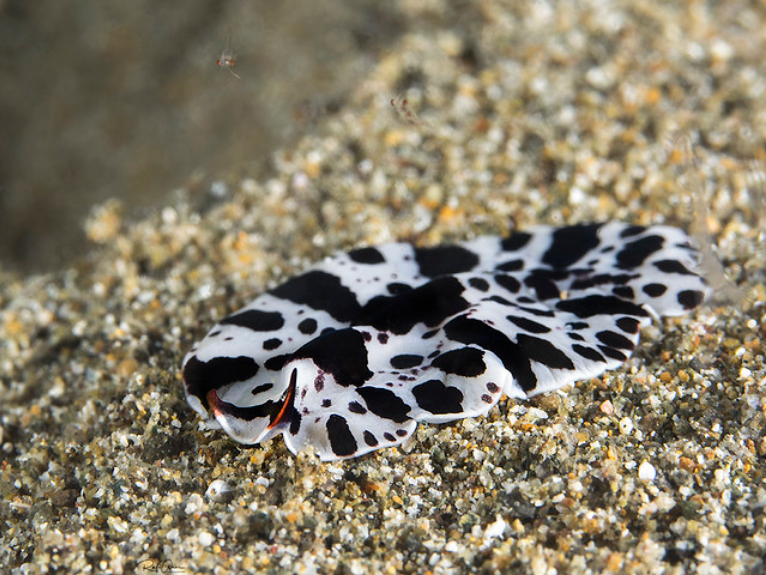Invertebrates
A community for general discussions about our friends that lack vertebrae
This creepy crawly was found living in a rarely used toilet in Brussels.
I was alarmed to find it. Is it a parasite? Hookworm, or roundworm?
Some history:
This is a rarely used part of the house. One day I discovered the toilet bowl was teeming with sewer drain fly larvae. Also creeped me out until I worked out what I was looking at. I’m not bothered about drain flies so I just left it alone. Returned to the toilet a couple months later and the trap was bone-dry. There was a hard blob of something.. mud, limescale, I don’t know. Not sure how it got there. It was the size of a golf ball so more mass than I would expect from limescale. I used a strong acid to descale the toilet. I made the toilet sparkling clean.
Then I used the trap to clean a dread-lock style mop because I could stuff it in there and squeeze out the the grime. And the mop could also reach deeper into the trap to clean the toilet better. Toilet water would become instantly black but easy to flush and repeat. After 10 or so iterations the water was still gray so I gave up.. maybe the mop should be bleached.. so I put the mop away. The mop was previously used to clean up cat urine (neighbors cat keeps entering my house, peeing on the livingroom floor and stairs, then bailing.. does not hang-out [why mark in a territory it does not intend to use?]). Anyway, I did not defecate in the toilet after cleaning it. Maybe urinated a couple times over the span of a couple months.
Then out of the pure blue I find this creepy crawly. Should I bring this thing to a doctor? I cannot work out how it got there or if it came from me. Perhaps equally important are the sand grains (50 or so?) around it.
theory 1: it entered the cistern from the Brussels water supply, perhaps as an egg. Hatched in the cistern. Brussels water contains sand which builds up at the screens of the tap airators and also in the cistern. A typical flush does not bring any noticable sand into the toilet bowl, but maybe if a worm were in the cistern it would have moved the sand around so that a pinch of sand would go in a flush, along with the worm.
theory 2: it came in from the Brussels water supply and ended up in the sewer pipes like most of the water does, grew in the sewer pipes and crawled up into the toilet trap from the sewer side. As it crawled, sand and scum from the sewer pipe stuck to it and washed off it when it entered the trap.
theory 3: it came out of me and ended up in the sewer pipes and crawled into the toilet. No!!! I hope not. But if so, it’s the lower floor toilet that I use, so the worm would have to do a straight up vertical climb 1 story high inside of PVC. Seems unlikely.
theory 4: I leave the window open most of the time and the toilet seat up, so a bird could have flown in and dropped something in the toilet.
They all seem unlikely.
These are quite common in Yucatan, Mexico.
The leatherleaf slugs belong to the family Veronicellidae. This particular one could be Sarasinula plebeia, but it is not so easy to definitively ID these.
I originally identified this species a few years ago from the description on this website, but since then they have added an update stating that my original source is also unsure on this one.
UPDATE: It seems that IDing certain slugs by pictures isn’t a good idea. In 2024 when pictures on this page were uploaded to iNaturalist, another user suggested a different species in the genus Leidyula, and then user “deneb16,” a mollusk specialist at UNAM, Mexico’s main university, added the comment that all Mexican species of the family this slug belongs to can’t be identified without dissecting their sexual organs. The family, she agrees, is the Leatherleaf Slug Family, the Veroncellidae.
So, I am not 100% of the species, but it is a leatherleaf slug.

Main image, by Eoperipatus sumatranus, Mok Youn Fai
Above, Peripatus sp, by Susan Myers
There are around 180 species of Velvet Worm
Above, A selection of velvet worm species from Australia. Original photographs by Jenny Norman, Noel Tait and Paul Sunnucks, from here
They live in moist, dark places in the tropics, as well as Australia and New Zealand
Above, Velvet worm (Peripatoides novaezealandiae), by Frupus
Velvet Worms have changed little in the last 500 million years with fossils of marine versions being found from Cambrian Era rocks (Burgess Shale, Canada 505 years ago, and the Chengjiang formation, China (520 million years ago))
Above, Euperipatoides sp, by Edward Evans
They have hydrostatic skeletons, comprised of muscle layers and the body wall. It's body cavity is filled with fluid, which is pressurised and keeps the body rigid!
Above, Peripatus sp, by Paul
They move by alternating the internal fluid pressure in its limbs as they extend and contract along its body!
Their skin is waterproof and is covered with papillae- tiny protrusions with bristles which are sensitive to touch and smell!
Above, Velvet worm (Eoperipatus sp.) by Nicky Bay
The papillae are composed of overlapping scales, which gives the Velvet Worm its velvety appearance!
Above, Skin of Euperipatoides rowelli, by Andras Keszei
Their feet are described as conical, baggy appendages. At the end of each foot is a hooked claw made of chitin, the Velvet Worms scientific name is Onychophora, meaning 'claw bearers'
Above, Onychophoran legs and claws, by alexselemba
Above, Onychophora, by Nicky Bay
They only use the claws on their feet when walking on uneven surfaces, they can retract these claws and use its foot cushion at the base of the claw
Depending on the species, a velvet worm can have between 13 and 43 pairs of feet. The feet are hollow, fluid-filled, and have no joints.
Above, Peripatoides novaezealandiae, by Frupus
Velvet Worm species can vary in length from 10mm long to ones in excess of 20cm
Above, velvet worm to scale, by Andras Keszei
They have a pair of sensory antennae on their heads, and small eyes. The mouth has a set of jaws, and is flanked by two papillae
Above, photo by melvyn yeo
They prefer to live in moist areas, hiding in the soil, or under rocks and rotting wood... and they like to come out at night and during wet weather
Above, Ooperipatellus species, by Simon Grove
They hunt at night for small invertebrates, and are ambush predators. They have a pair of glands on their heads near to the antennae which squirts out a sticky, quick hardening slime!
Above, Eoperipatus sumatranus? by Nicky Bay
Above, via Daily Dot
The slime ensnares their prey, allowing the Velvet Worm to inject a digestive saliva through its bite... this liquefies insides of its prey making it easier to eat! It will also eat any left over slime as it is energetically costly for it to produce
Above, by Miguel "Siu"
One species (Euperipatoides rowelli) is social! It lives in groups of up to 15 individuals, and has a strict social hierarchy with a dominant female!
Above, Velvet worms (Euperipatoides rowelli)- Captive individuals. A couple babies can be seen in this image, by Jackson Nugent
After a kill the dominant female feeds first, then the other females, the males, and finally the young... the hierarchy is strictly enforced and maintained via aggression (biting, chasing, kicking and crawling over subordinates!)
All Velvet Worms reproduce sexually except Epiperipatus imthurni which reproduces via parthenogenesis! No males have ever been found... only females!
Above photo (Epiperipatus imthurni), by Geoff Gallice
Sexual reproduction can be quite varied amongst the species of Velvet Worms.... some males will deposit their spermatophores directly into the female's genital opening. Other use a special structures on the head, whilst some use spikes, spines, or pits to either hold their sperm or transfer it to the female!
Above, Metaperipatus inae, by Art
Male Peripatopsis Velvet Worms will deposit their spermatophore on random areas of the females body. The sperm causes a small, localised breakdown of her skin, allowing the sperm to enter her body. It then migrates to her ovaries, and fertilisation takes place!
Birth can be as varied as reproduction. Some species lay eggs. Peripatopsis mothers retain eggs in their uteri and supply nourishment to their embryos, but without any placenta....Most velvet worms however, give birth to live young after a period of gestation their via a placenta. All young are born/hatch fully developed, and look like mini adults!
Above, Peripatus-sp, by Pedro Bernardo (Peripatus mothers supply nourishment to their embryos through a placenta)
Euperipatoides rowelli just "born" (not sure what the term is for oviviparous animals), still in the egg membrane it developed in inside it's mother. The egg is approximately 2mm in diameter
Above, Euperipatoides rowelli, Andras Keszei
Goodbye, Velvet Worm!
Above, Eoperipatus sp, by Nicky Bay
Info via wired and wikipedia here and here
As always my usual disclaimer.... I'm no expert, I just like learning and sharing information, any mistakes will be mine and I'll correct them if you leave a comment 👍

Main image, While Gotham sleeps........ by Michael Gerber
RED...
Above, Pseudoceros ferrugineus, by Benjamin Naden
PINK...
Above, Protheceraeus roseus, by João Pedro Silva
YELLOW...
Above, Eurylepta sp. by Karen Honeycutt
ORANGE...
Above, Pseudoceros sp. by Rafi Amar
BLUE...
Above, Racing Stripe Flatworm - Pseudoceros liparus, by Rafi Amar
PURPLE...
Above, Linda's Flatworm - Pseudoceros lindae, by Rafi Amar
BROWN...
Above, Photo by Nick Hobgood
TRANSPARENT...
Above, Paraplanocera sp. by Rafi Amar
SALAD...
Above, Cryptic Flatworm - Pseudobiceros kryptos, by Rafi Amar
GOTH...
Above, Photo by Bettydiver
NEON...
Above, Pseudoceros dimidiatus, by Richard Ling
STARRY...
Above, Thysanozoon nigropapillosum, by Patomarazul
TRIPPY...
Above, Persian Carpet Flatworm - Pseudobiceros bedfordi, by Rafi Amar
GLITTERY...
Above, Photo by eunice khoo
FRILLY...
Above, Glorious Flatworm - Pseudobiceros gloriosus, by Rafi Amar
STRIPEY...
Above, Pseudoceros zebra, by Marina Poddubetskaia
SPOTTY...
Above, Pseudoceros scintillatus, by ilan Lubitz
VEINY...
Above, Eurylepta californica, by Robin Gwen Agarwal
BRAINY...
Above, Maritigrella fuscopunctata, by Rafi Amar
SANDY...
Above, Pseudobiceros damawan, by Rafi Amar
CAKEY...
Above, Lizard Island Flatworm - Tytthosoceros lizardensis, by Rafi Amar
CAMOUFLAGEY...
Above, Flatworm - Paraplanocera sp. by Rafi Amar
HOLSTEIN-FRIESIANY...
Above, Eurylepta sp.1, by Rafi Amar
AMBUSH RUG...
Above, Photo by eunice khoo
GOODBYE, FLYING FLATWORM!
Above, Persian Carpet Flatworm - Pseudobiceros bedfordi, by Rafi Amar
edit- Forgot to do the thing that makes the image pop out when you click on it.....

Main image, Oleander Hawk Moth Caterpillar (Daphnis nerii, Sphingidae), by itchydogimages
Startled? Alarmed? Did I hear you mutter "WTF?" under your breath?
Then evolution wins again. Imagine if you were confronted by the same sight if you were a bird or a praying mantis or a snake for that matter. Eyespots (markings that resemble vertebrate eyes) have evolved many times in Lepidopterans (butterflies and moths). The fact that this adaptation has arisen independently so often in this group indicates the general effectiveness of this anti-predator defence. itchydogimages
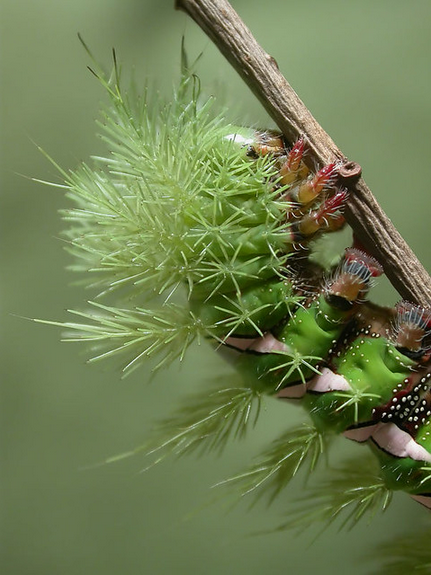
Above, Walking forest, by Gabriela F. Ruellan
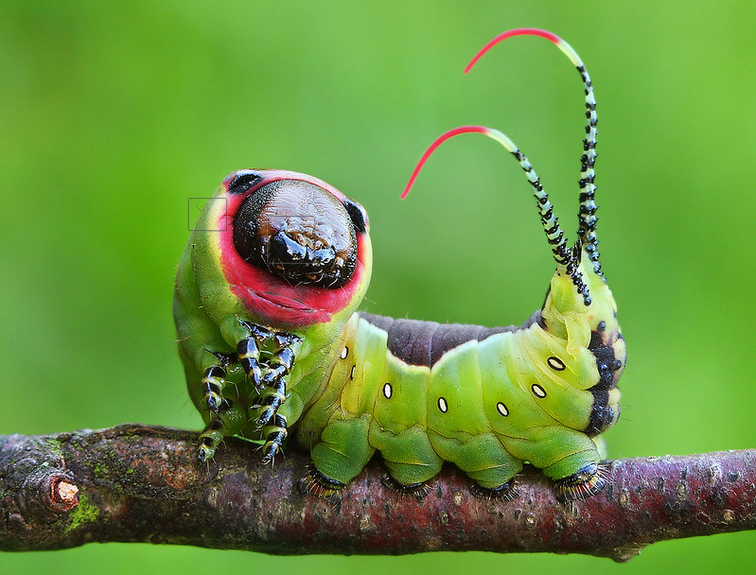
Above, Moth Caterpillar - Cerura vinula, by Lukas Jonaitis
I took this photo last summer. This caterpillar is one of the most beautifull caterpillars in Lithuania. I think it is very photogenic caterpillar because of its green colour and red tails which are visible only when caterpillar is scared. He has very nice face. :) Lukas Jonaitis
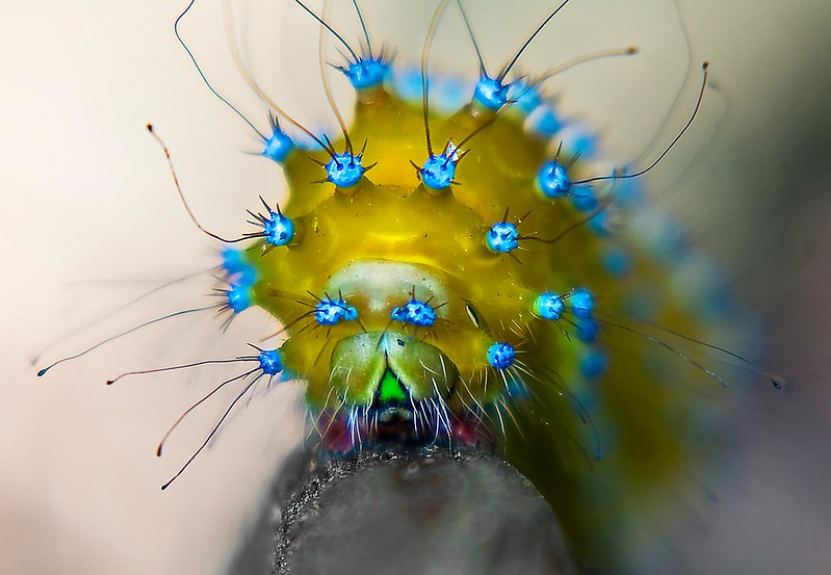
Above, Saturnia Pyri, by Jano De Cesare
This is a beautiful larva of a Saturnia Pyri, a butterfly which is around 16cm in maximum dimension at its mature state. Jano De Cesare
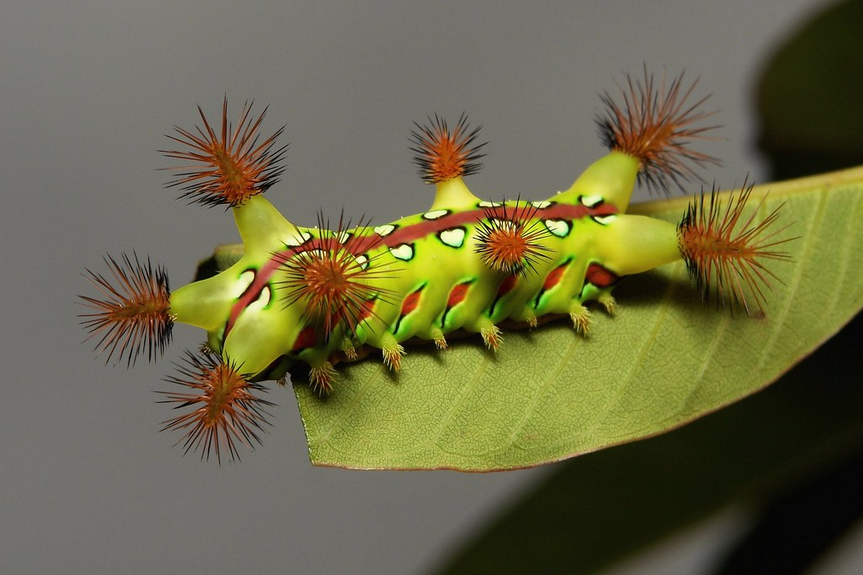
Above, Stinging Nettle Slug Caterpillar (Cup Moth, Setora baibarana, Limacodidae) "The Jester" by itchydogimages
First-in-line to the throne of the brilliant Yunnan lineage of Limacodid caterpillars, together with its alternate colour form, "The Clown", "The Jester's" livery is almost fluorescent. itchydogimages
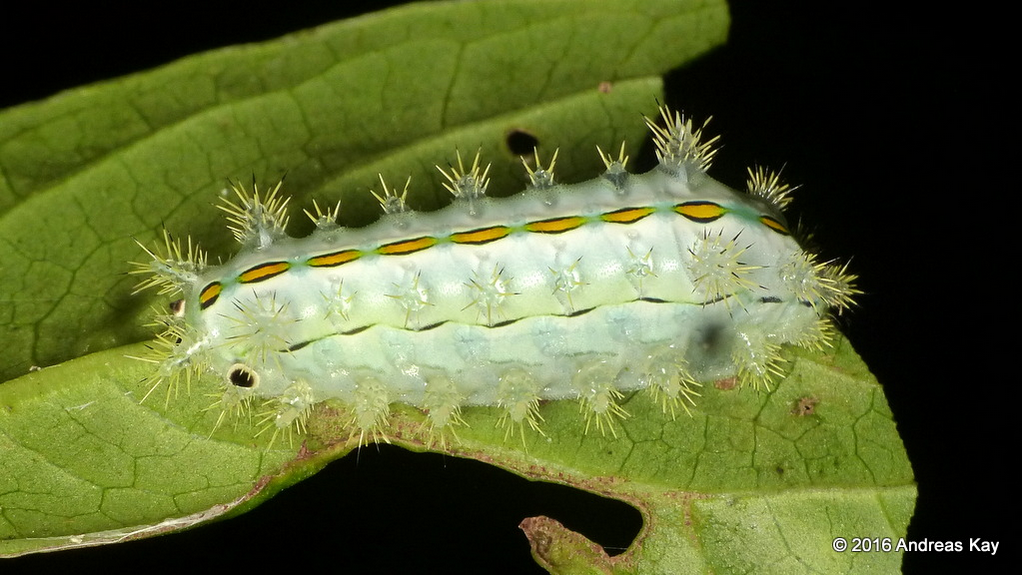
Above, Stinging Nettle Slug Caterpillar, Limacodidae, by Andreas Kay

Above, 3rd Instar Cecropia, by Barb Sendelbach
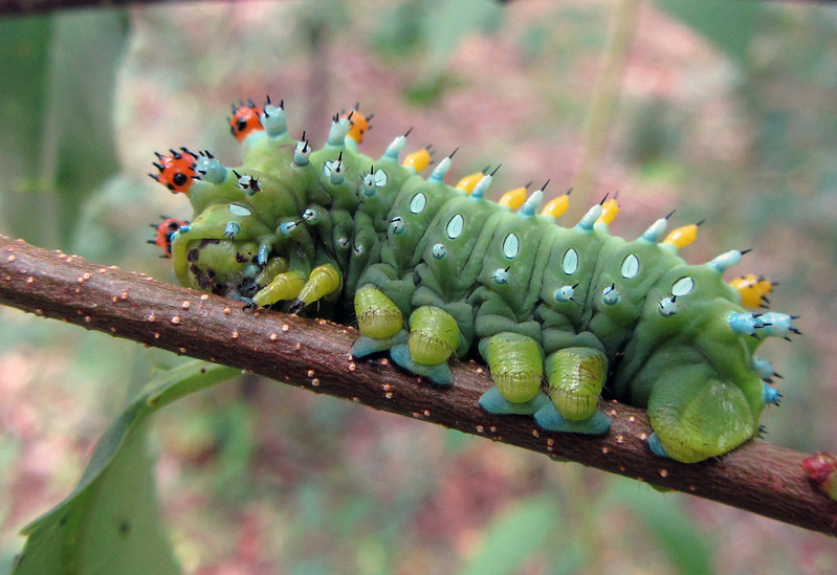
Above, Big Foot (Cecropia), by MaggieDu

Above, Photo by Frank Starmer

Above, Dalceridae moth caterpillar, by Gerardo Aizpuru
Dubbed the 'jewel caterpillar', this lovely, translucent larva belongs to a family of moths known as Dalceridae. Although scientists are still unsure about the exact function of the caterpillar's translucent, gooey attributes, the leading theory is that the slimy stickiness helps to deter predators. According to Scientific American, the jelly-like 'cones' that cover the body break off easily (sort of like a lizard's tail), helping the caterpillar slip out of a predator's clutches. source
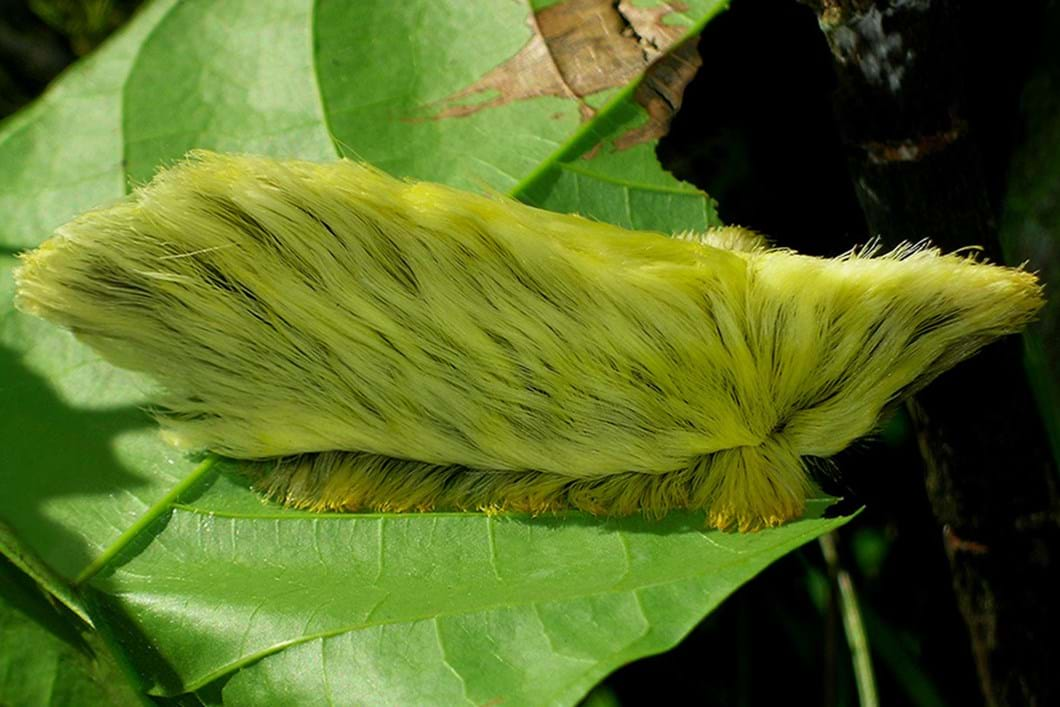
Above, Flannel moth caterpillar, by Drriss & Marrionn found here
It may look like Donald Trump's misplaced toupee (it's actually been dubbed the 'Donald Trump caterpillar'), but this flannel moth larva is actually not covered with hair at all. Those silky-looking threads are actually venomous spines that can cause intense, burning pain when touched, making the caterpillar one of the most venomous in the US. source

Title photo by David Guillemet
I've only just discovered that this exists...
Orangutan crab (Achaeus japonicus)
.....it has relatively long arms, which are thickly covered with fine hairs, red or reddish brown in colour, and often laden with small bits of debris for further camouflage....
....frequently, but not always, found in association with the bubble coral wikipedia
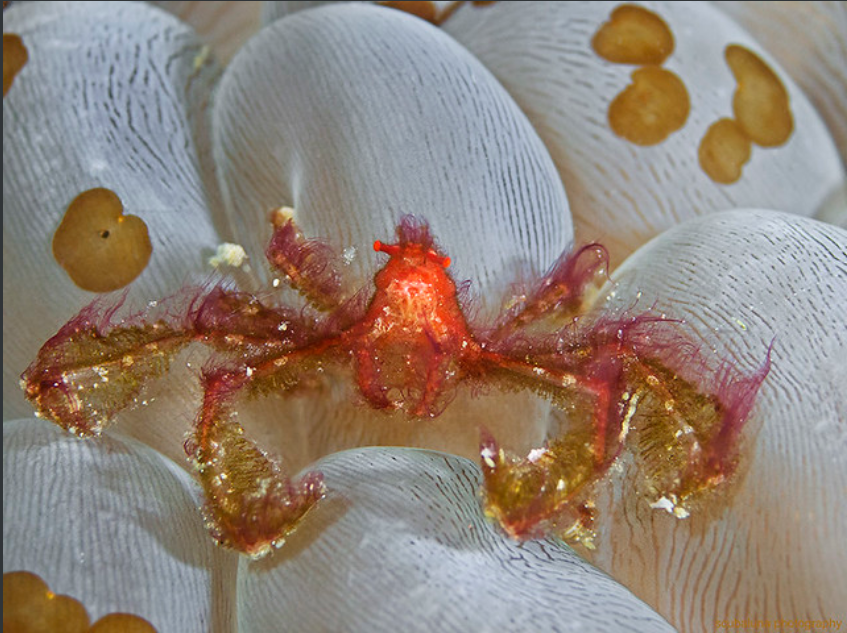
Above photo by scubaluna
-They're found in the Indo-Pacific region, have a naturally shaggy pelt, and like to decorate themselves with debris, small plants, sedentary animals, shells and gravel to enhance their natural camouflage!
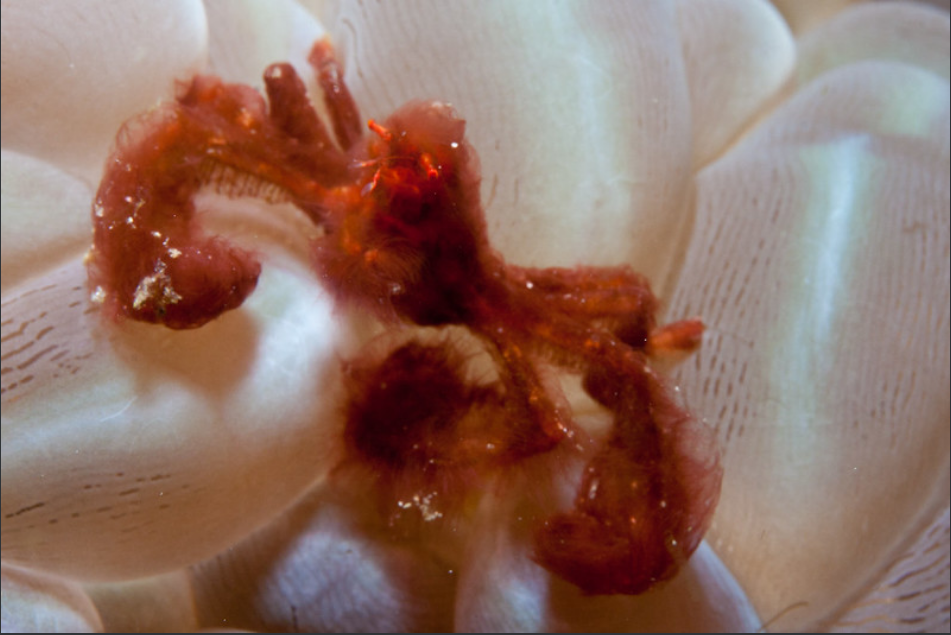
Above photo by Bruce Versteegh
-During the day like to hang out in Bubble Coral, which swells its bubble-like structures to maximise its intake of light....
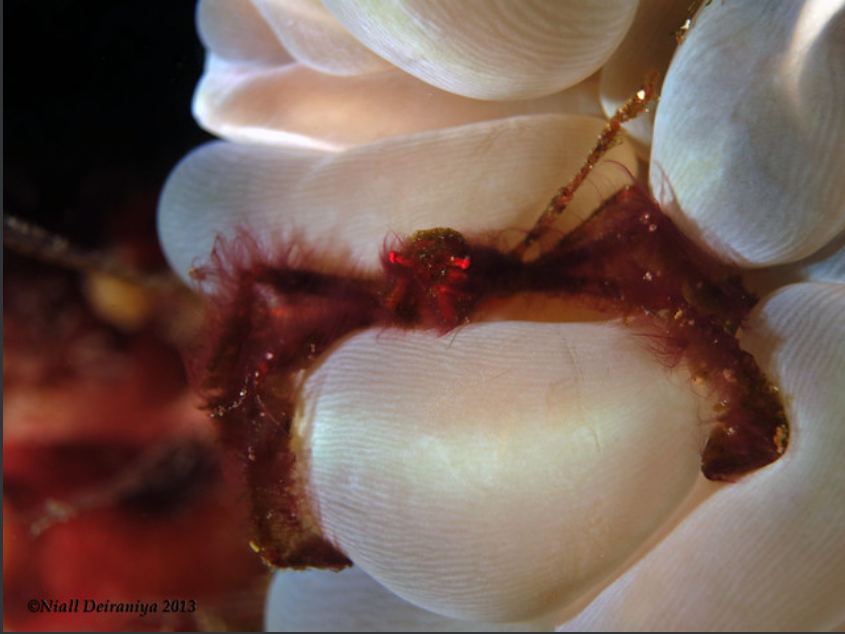
Above photo by Niall Deiraniya
-At night the coral 'deflates' and the Orangutan crab wanders off in search of food

Above photo by Dennis Young
The last 2 photos made me piss myself laughing....it looks like a fuzzy little muppet!
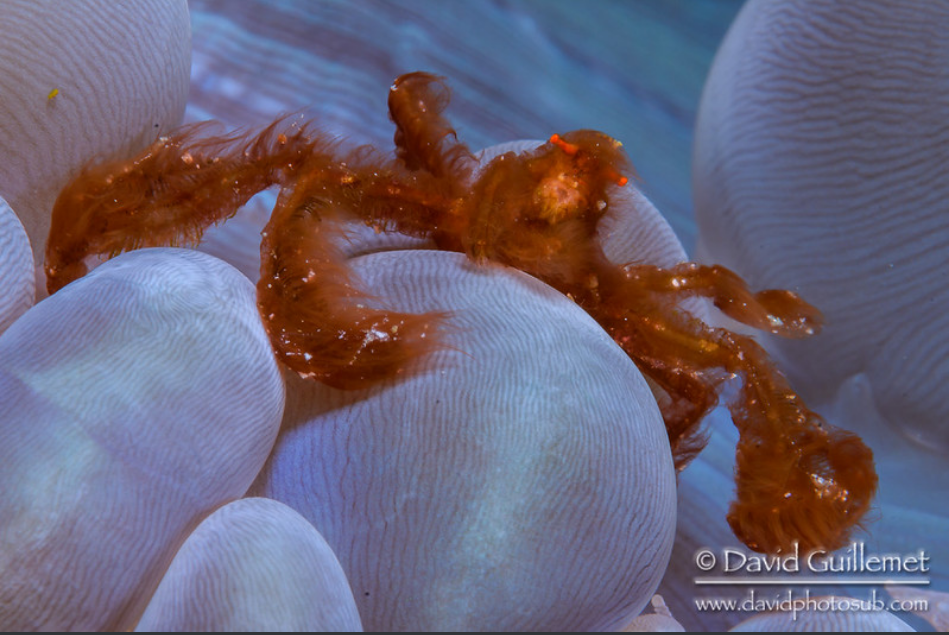
Title photo by Distinctly Average
Woodlice are crustaceans, and get their name from being found in wood, and 'louse' (a parasitic insect) however, they are neither insects or parasites!
There are over 3500 species of woodlouse, and are found throughout the world except Antarctica

Above photo by Nico Ardans
Their ubiquity has resulted in many (up to 250) different local names for them including...
- Boat-builder (Newfoundland, Canada)
- Butcher boy or butchy boy (Australia, mostly around Melbourne)
- Carpenter or cafner (Newfoundland and Labrador, Canada)
- Cheeselog (Reading, England)
- Cheesy bobs (Guildford, England)
- Cheesy bug (North West Kent, Gravesend, England)
- Chiggy pig (Devon, England)
- Chisel pig
- Chucky pig (Devon, Gloucestershire, Herefordshire, England)
- Doodlebug (also used for the larva of an antlion and for the cockchafer)
- Gramersow (Cornwall, United Kingdom)
- Hog-louse
- Millipedus
- Mochyn coed ('tree pig'), pryf lludw ('ash bug'), granny grey in Wales
- Pill bug (usually applied only to the genus Armadillidium)
- Potato bug
- Roll up bug
- Roly-poly
- Slater (Scotland, Ulster, New Zealand and Australia)
- Sow bug
- Woodbunter
- Wood bug (British Columbia, Canada)
- Wood pig (mochyn coed, Welsh) source

Above photo by mark faux
They have dark grey or black shells, with armour like exoskeletons made of 7 plates. Each plate has ~~2 pairs~~ one pair of legs attached, making 14 legs in total. They grow between 0.7mm to 18mm, and can live up to 2-3 years!

Above photo by davholla2002
Their main defensive behaviour is to roll up into a ball, and they can also release an odourous chemical to deter predators. They will also 'ball up' in order to prevent dehydration, and moisture loss during dry periods!

Above photo by Jim McLean
They are living fossils! Their aquatic ancestors lived in the oceans during the Silurian and Devonian periods. Later on, probably during the Carboniferous, they had evolved to live on land

Above photo by Sam
During this aquatic to terrestrial transition they had to evolve a brood pouch (marsupium) to prevent their eggs and young from drying out (Their ancestors would have released eggs directly into the water).

Above photo by Brian Valentine
Another adaptation is breathing via their gills which are located on their hind legs and are always covered with a thin layer of water. As a result they have to live in moist, damp environments. They also prefer to live in groups!
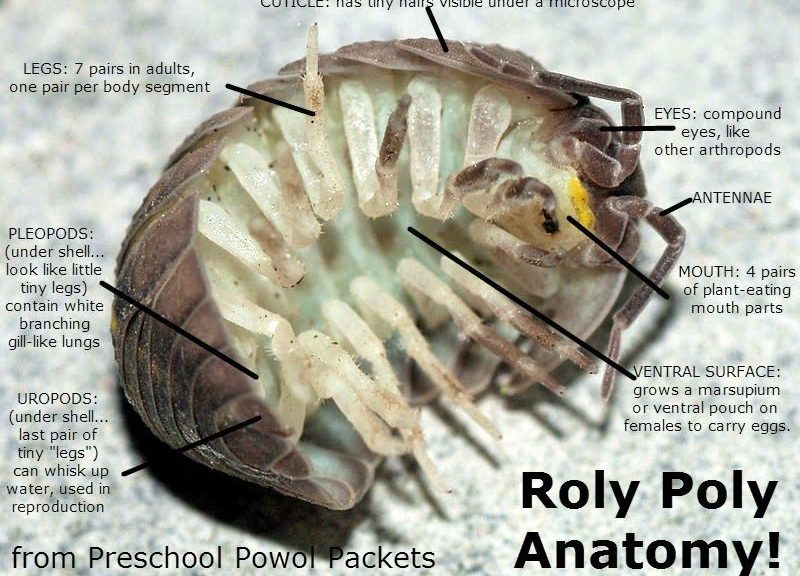
Image source
They eat decaying leaves, fungus, mold, and even the droppings of other animals. They help to break down vegetation and organic matter and play an important role in the nutrient cycle!
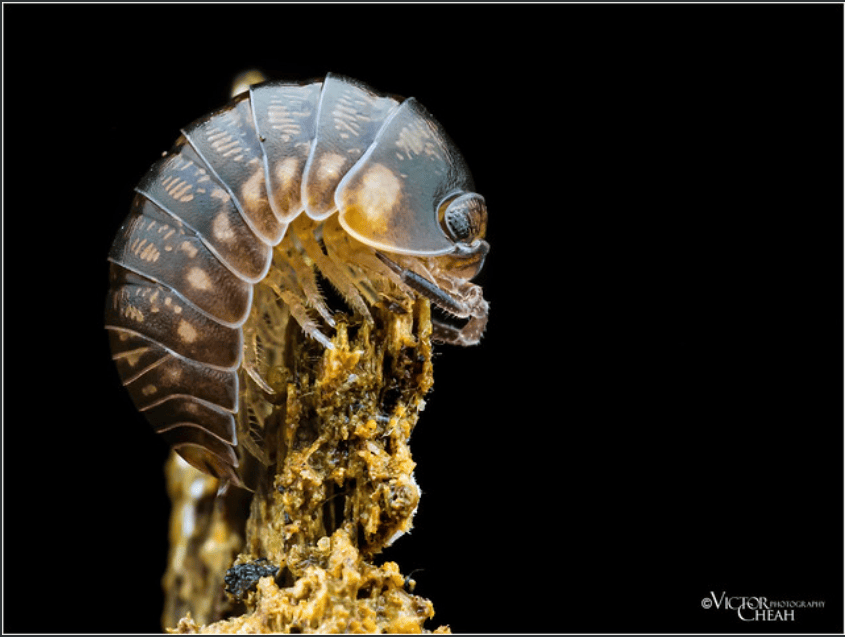
Above photo by Siew Chuan Cheah
They need to shed their exoskeleton as they grow, and this molt takes place in two stages. Firstly, the back half is lost, then about 2-3 days later, the front half sheds. Most other athropods shed their cuticles in one go

Above photo by Max Thompson
Woodlice can tolerate contaminated soil, unlike most other creatures!
....they can crystallise heavy metal ions midgut like copper, zinc, cadmium, arsenic and lead. This cleans up soil and purifies contaminated water. source
Aren't they fab?
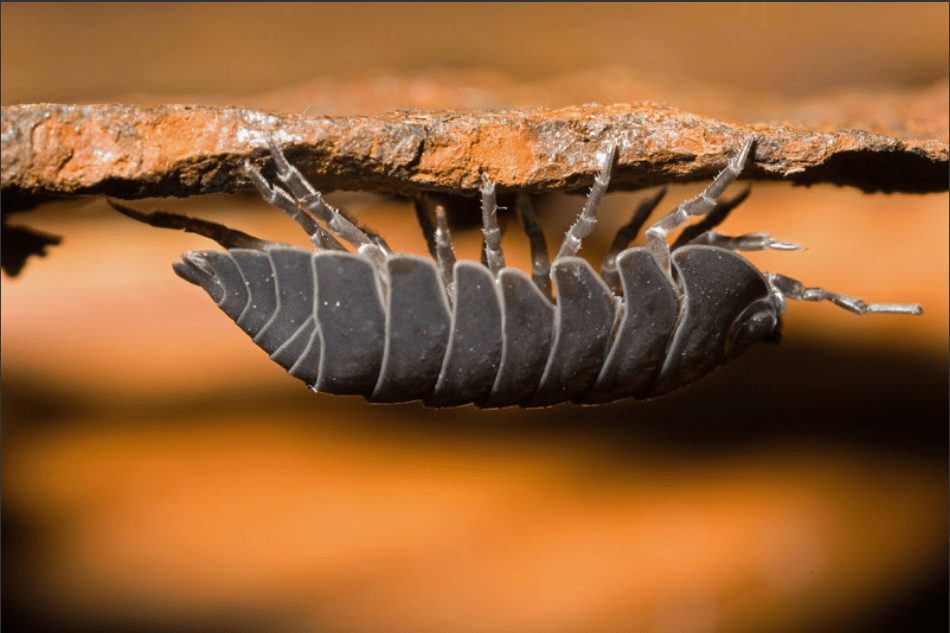
Above photo by David Graham
All information from wikipedia here and here unless stated otherwise
As always, I'm not an expert, I just like sharing fun things....also this is my first post with my new mander account....woooo!
edit- 'one pair of legs'
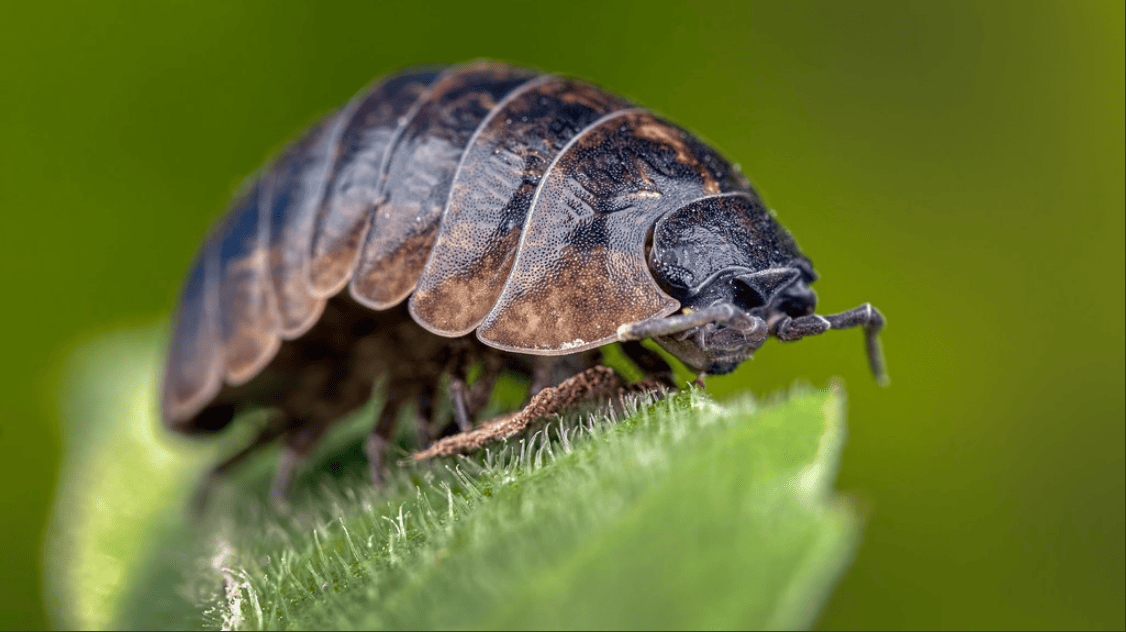
Title photo- life reconstruction of Aysheaia pedunculata
Travel back in time to the Cambrian Era, a period famous for the diversity of its life forms!
Lasting approximately 53.4 million years from the end of the preceding Ediacaran period 538.8 million years ago (mya) to the beginning of the Ordovician period 485.4 mya. It is a period where the atmosphere had elevated concentrations of oxygen, and the global temperature increased-creating a temperate world
Geological timescale from here
Scientists believe that the higher oxygen levels, and warmer climate contributed to the incredible diversity of life that occurred in the oceans.
However, on land it was mostly barren...complex lifeforms were non-existant and would have been restricted to mollusks and athropods emerging from the water to feed on micobes in slimy biofilms
The Cambrian is unique as it had unusually high deposits of lagerstätte sedimentary deposits, these sites offer exceptional preservation of 'soft' organism parts, as well as their harder shells which means that the study and understanding of the fossilized life forms surpasses some of later periods
Which brings us to Aysheaia!
It is an extinct genus of soft-bodied lobopodian, known from the Middle Cambrian Burgess Shale of British Columbia, Canada source
Described as looking like a 'bloated caterpillar' with spines. It was a segmented worm like animal 1 to 6 cm in length and about 5 mm wide
Comprised of 10 body segments with each segment having a pair of spiked annulate legs (consisting of rings or ringlike segments). It did not have a separate head, its mouth occupied the front of the body along with 6 finger like projections, and 2 grasping limbs on it's 'head'.
Diagrammatic reconstruction of Aysheaia pedunculata
Reconstruction of A. pedunculata
It was similar to modern terrestrial Onychophora (velvet worms). However, it differs due to a lack of jaws and antennae, and possible lack of visual organs, and the terminal mouth...
Above, Photo of Velvet Worm (Euperipatoides sp.) by Stephen Zozaya
Aysheaia is believed to have grazed on prehistoric sponges gripping onto them with it's many claws. The shape of it's mouth suggests that it was a predator. It probably used the paired structures on it's head to grasp hold of its prey, and then pass it to the finger like projections around its mouth
And now for some fossils!
Above, Lobopodian Aysheaia pedunculata Walcott, 1911, USNM 365608 from the Stephen Formation (Cambrian Series 3, Stage 5), British Columbia, Canada here
Above, Aysheaia pedunculata (ROM 61108). Complete specimen preserved laterally showing limbs and gut trace. Specimen length = 20 mm here
Above, Aysheaia, a worm-like animal with annulated legs, from the Burgess Shale, Canada here
Also this really awesome diorama of life under the Cambrian sea
Above, Burgess Shale Biota (L-R) Aysheaia, annelid worms, Olenoides trilobite, Marrella here
Well I hope you enjoyed this post (hopefully the first of many) of ancient invertebrates, and as usual my disclaimer that I'm not an expert, I just like sharing fun things!
All information via wikipedia here and here, and not wikipedia from here and here
edit, formatting
edit 2- Done the thing that makes the images pop out in order to link this post with one on Velvet Worms...
....and a big 'Hello!' to you, if you've just read this post after following the link 😊

Title photo by Kristen Rudd
There are over 7000 species of worm, of which 150 are widely distributed around the world!
Their bodies are made of many ridged segments covered in tiny bristle called 'setae', which help them grip the substrate allowing them to move forwards and backwards!

Photo by John Hallmén
They eat organic plant matter, fungi and other microorganisms!
Earth worms breathe through their skin, can breathe underwater and survive being submerged for quite some time!
They secrete mucus which helps them move through the soil and by contracting and relaxing different muscles, which alternates shortening and lengthening their bodies!

Photo by Aisling
Earthworms are mostly hermaphrodites (having both male and female sex organs), although recently a (nematode) worm was discovered that had 3 sexes, 1 part male, 1 part female, and 1 part hermaphrodite (it also lives in water 4 times saltier than the ocean and is immune to arsenic!)
One study found that worm sex can last between 69-200 minutes!
Both worms will get pregnant during sex, and each worm will use both their sex organs at the same time!

Photo by Reds.

Photo by Bob
Post exchange, each worm forms a collar-like clitellum around its body. This clitellum, filled with eggs and sperm, forms a cocoon when it’s pulled off. Inside the cocoon, fertilization occurs, resulting in hatchlings. via Bob
Each earthworm can produce up to 1000 baby worms every 6 months!
They are also capable of parthenogenesis, where they can reproduce asexually without the need for fertilisation
Earthworms will swallow tiny stones which they keep in their gizzard, these grind up vegetation and other organic matter to help digestion!
They have a closed circulatory system (like humans) which has 5 pairs of aortic arches which work together like 10 hearts to circulate blood- pushing it in one direction, then pulling in the other. (Most invertebrates have a simple pumping of fluids around an open system, which washes inside the body with blood extracting and exchanging nutrients and waste)

Earthworm Dissection by threeflowersphotography
Earthworms are Soil Engineers, their burrowing mixes soil, aerates substrate and converts complex organic matter into earthworm poo, which is then used by plants. They are critical to our growth of food and trees, without them soil density would increase, reducing the ability of roots to take up water and breathe!

Photo by John Glover
Earthworms have also been observed exhibiting social behaviour by forming herds and making 'group decisions' by using touch to influence each other!
....[They] tested how the worms affected each other's behaviour, investigating whether the worms use either chemical signals or touch to decide which chamber to move to....[Results] indicated that the worms did not leave a chemical trail behind them that communicated their direction of travel.... ......suggesting that they used touch to communicate where they were going. Source
Now give our worm friend a kiss!

Photo by Dave Buckley
All info from here and here, unless otherwise stated
Disclaimer! I'm not an expert, I just like learning and sharing fun things...any mistakes, leave a comment and I'll edit, Cheers!
edit, added (nematode) for clarification

